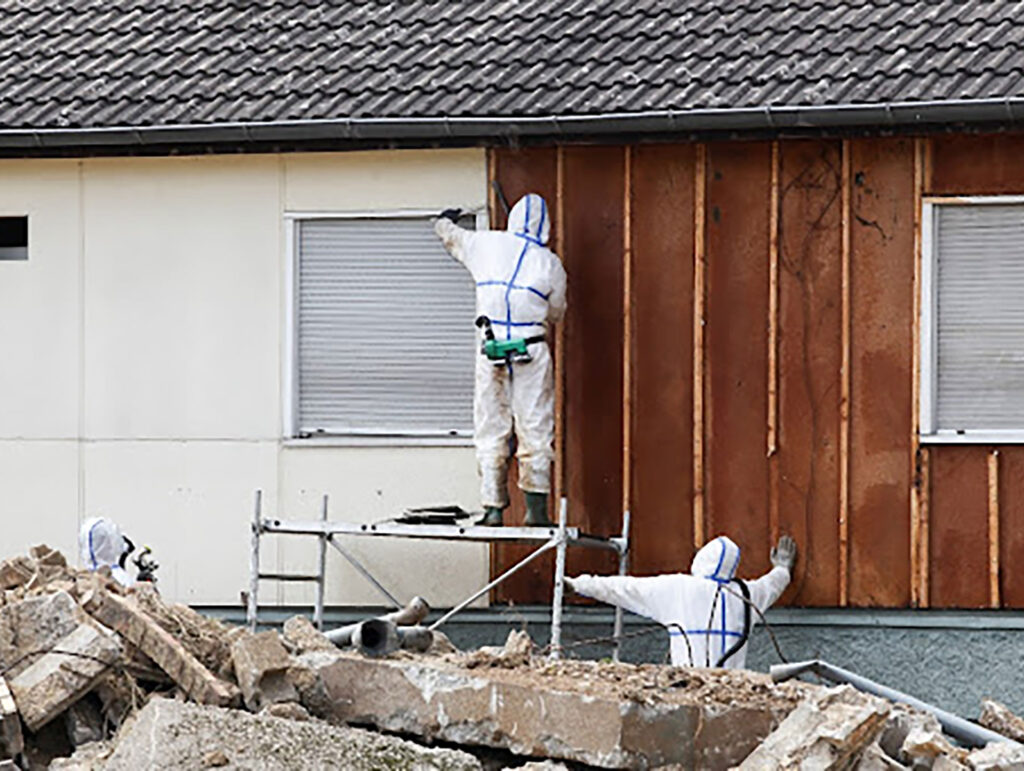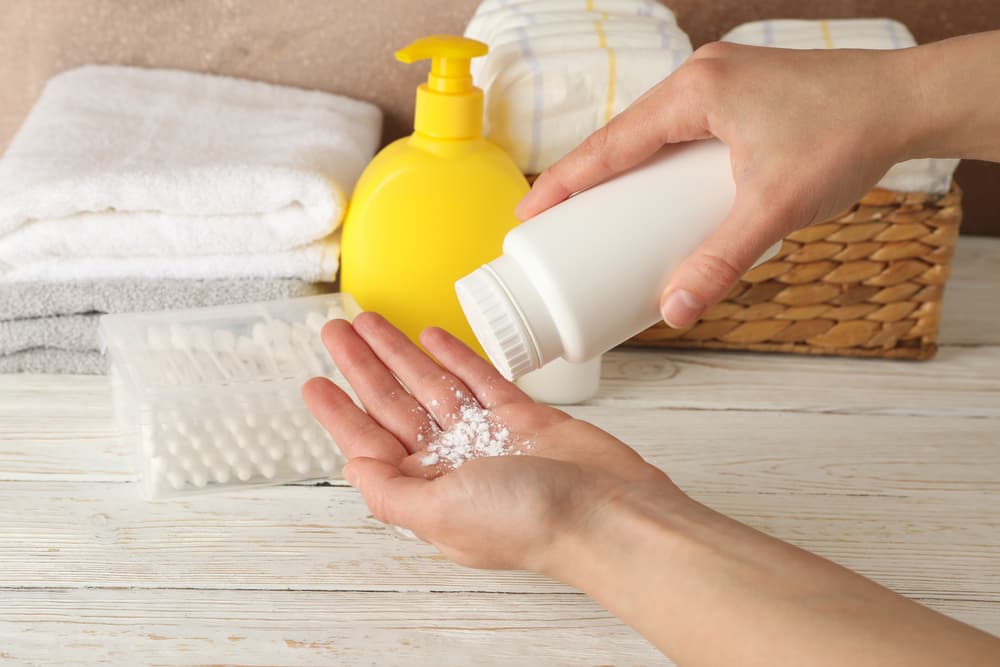The list of advantages of asbestos is astonishingly long. It is durable, insulating, heat and chemical resistant, soundproofing and non-conductive. It is also abundant in nature and very affordable. No wonder this product has been used for decades in thousands of products in countless industries. There’s just one problem: asbestos causes cancer and other deadly diseases when its microscopic suspended fibers are inhaled.
When the dangers of asbestos came to light in the 1970s, it became clear that manufacturers needed to find alternatives to asbestos. Learn about the asbestos substitutes that have been used for years and are still being installed in homes, businesses and other environments where older asbestos products continue to be replaced.
- Polyurethane foam, available since the 1960s, combines the best qualities of plastic and rubber. It can control humidity and regulate temperature changes in ventilation systems without releasing toxic gases or harmful particles. Some common applications for polyurethane foam are roofing, flotation devices, car upholstery and movie theater seats.
- Thermoset plastics, such as epoxies, polyesters and silicones, are made by heating a liquid or powder and molding it into the desired shape. Once cured, thermoset plastics keep their shape forever. They are used in electrical applications, automotive parts, agricultural feeders, cell phone towers, heat shields, and much more.
- Fiberglass is one of the most common alternatives to asbestos insulation. It is made of plastic reinforced with tiny glass fibers coated with a liquid binder. You can find fiberglass insulation in the form of blanket, batting or loose-fill. Since this product contains glass, it is important to wear protective equipment when handling or installing it. However, unlike asbestos, fiberglass is not considered a long-term health hazard.
- Cellulose is another alternative to asbestos insulation made from finely shredded newsprint. Although it contains up to 85% recycled material, cellulose must be chemically treated to reduce water absorption and increase fire resistance.
- Mineral wool is an ideal substitute for asbestos insulation because it contains a high percentage of post-consumer recycled materials and does not require the application of harmful chemicals to be fire resistant.
- Hemp, sheep’s wool, straw and cotton are natural materials that can serve as effective insulators. They should be treated with borate to make them resistant to pests and fire.
Flour fillers can be made from wheat, rice or walnut shells. They are used as crack and crevice fillers to reduce air leakage and improve insulation ratings. Best of all, this all-natural alternative to asbestos poses no safety risks. - Amorphous silica fabrics are used to insulate and protect workers in high-temperature environments. This material does not burn, rot, or harbor mold, and it is used in the electrical, marine, and aerospace industries.
Vogelzang Law is a personal injury law firm dedicated to representing victims of asbestos exposure nationwide. If you or a loved one has been diagnosed with an asbestos-related disease, you may be entitled to compensation. Contact our law firm.



